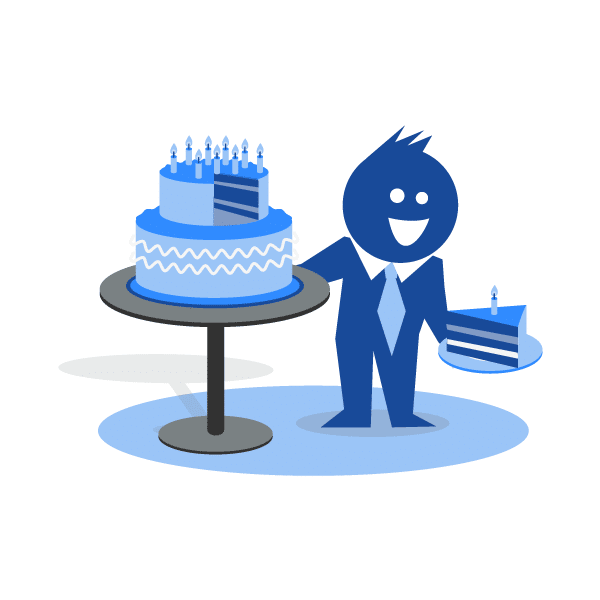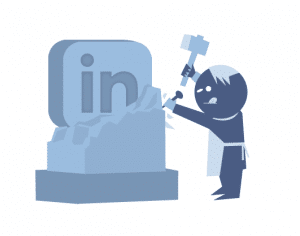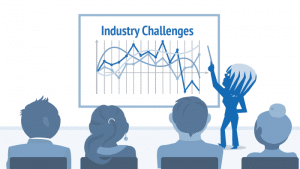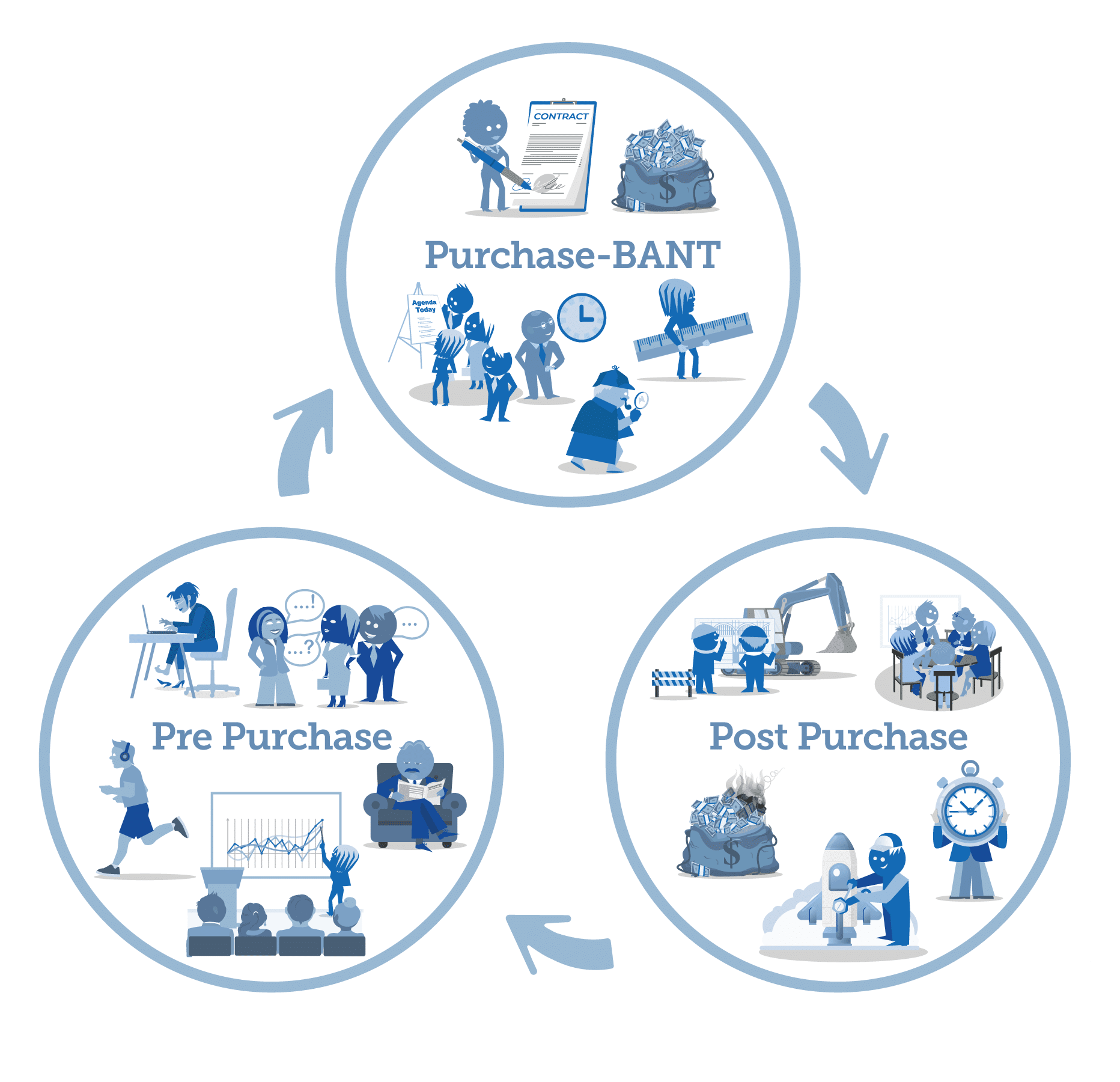 On this very day, January 28, 2024, I am celebrating my 20th anniversary on LinkedIn.
On this very day, January 28, 2024, I am celebrating my 20th anniversary on LinkedIn.
For ten years, I did very little on the platform. As I prepared to publish my third book, Building Successful Partner Channels, I realised all my potential readers had profiles on LinkedIn. Using the search filters, I found people for whom the book would be relevant and reached out. On April 1, 2015, when the book was published and distributed through Amazon, I notified them all (then 5,000) and offered them the Kindle version for free. I am confident that helped make the book an instant bestseller!
On August 11, 2016, I synchronised my contacts with LinkedIn and started subscribing to the Sales Navigator version. On July 31, 2018, I first used the API to integrate other applications with the platform. How I use LinkedIn changes continuously as I explore what works for me. Below, you’ll find some of my observations.
I have written about my positive experience with LinkedIn before, and pondering today about the return on my annual subscription. Is it still worth the money?
Connections and Followers
As of today, I have 33,478 connections and followers.
Getting there was hard work.
Read this little book if you want to learn how I did it.
I write about international business development and revenue generation in the B2B software industry and want to connect with and be followed by people who can benefit from my work. Most of my current network matches my target audience quite well.
On June 15 this year, I published my first fiction novel in Danish (Balladen i Mekka). We are currently translating the book (Tumult in Mecca) into English and expect to have it out later this year.
My current challenge is that the target audience for my business development literature and my fictional writing differs quite substantially. So far, I have solved the problem by using LinkedIn exclusively as the platform for my non-fictional writing. I use Facebook for fiction.
Getting the most out of LinkedIn
 How to get the most value from using LinkedIn and Sales Navigator entirely relates to your ultimate objectives, which again depends on your job type.
How to get the most value from using LinkedIn and Sales Navigator entirely relates to your ultimate objectives, which again depends on your job type.
A salesperson wants to get more customers. A recruiter wants to attract qualified candidates. A marketer wants to create awareness. Some (probably most!) want to find a new and better job.
I realise that many have no clue about what they want from LinkedIn, contributing to the massive amount of noise you find in your home feed. Although LinkedIn offers tools to improve the relevance of the feed, it is a difficult job. Therefore, my home feed is not where I spend much time. And neither should you.
As an author, my primary objective is to sell books.
Most of my potential readers have a LinkedIn profile, which makes the platform so attractive to me. However, simply posting content hoping it will turn up in their home feed and catch their attention is an approach that I know doesn’t work. LinkedIn’s algorithm works against distributing organic (as opposed to paid) content to your network. In addition, most of your network is not active on LinkedIn when you post. That’s especially true if you, like me, have a global network across all time zones.
You need to reach out directly if you want to catch someone’s attention. Either by engaging with their activities on LinkedIn, tagging them, or sending them direct messages. How you do that and how often is crucial to the return you can expect from your efforts. Read this little book if you want to learn more about the subject.
Staying relevant
 I must admit that I occasionally post something utterly unrelated to my professional objectives. For example, I recently posted a link to an article about Trumpism. A phenomenon I find hard to understand and dangerous. Also, to us outside the US. The post generated aggressive responses that I chose to report and delete.
I must admit that I occasionally post something utterly unrelated to my professional objectives. For example, I recently posted a link to an article about Trumpism. A phenomenon I find hard to understand and dangerous. Also, to us outside the US. The post generated aggressive responses that I chose to report and delete.
Even though such posts may generate views, likes, shares, and comments, it is not something I can recommend doing frequently. Stick to posts and articles that contain relevant and valuable information for your target audience. And concentrate your interaction with people belonging to this segment.
Some years ago, LinkedIn introduced a newsletter service available to authors of long-form articles. I now have almost 4,000 subscribers to my newsletter and will use this channel more extensively as I work on my upcoming book, Revenue Generation Fundamentals. The LinkedIn newsletter is a great way to distribute long-form content.
Using LinkedIn for business development, marketing, and sales purposes is a long game. It works best to build your content portfolio, reputation and network patiently. Revenue generation is the facilitation of the customer journey, so you need to understand how your target audience interacts with LinkedIn.
Buying influences and decision-makers
 As a publisher selling books with ten-dollar price tags, I realise that every member of my target audience is a potential reader and customer. Anyone on LinkedIn can make a ten-dollar purchase decision.
As a publisher selling books with ten-dollar price tags, I realise that every member of my target audience is a potential reader and customer. Anyone on LinkedIn can make a ten-dollar purchase decision.
That is not the case for my target audience, which is people engaged in revenue generation for B2B software companies. Mission-critical B2B software has much more complex customer journeys with several buying influences making their voices heard.
How to use LinkedIn to facilitate the customer journey where the interests and concerns of buying influences differ substantially takes serious research, consideration, and testing. We must work with Account-Based Marketing principles and need Sales Navigator subscriptions for our revenue generation teams.
In my upcoming book, Revenue Generation Fundamentals, I will discuss in more detail how LinkedIn can facilitate the customer journey for B2B software.
Sign up here if you want the Kindle version of the book for free.
